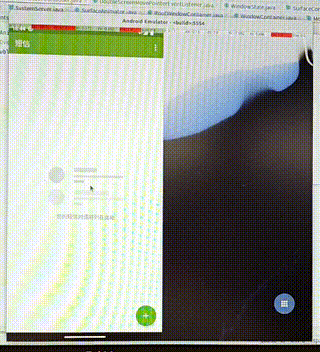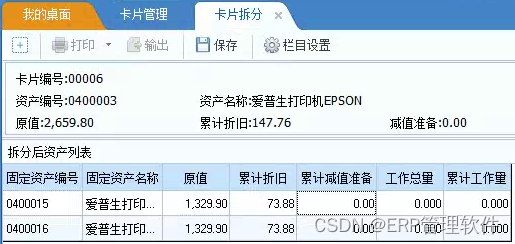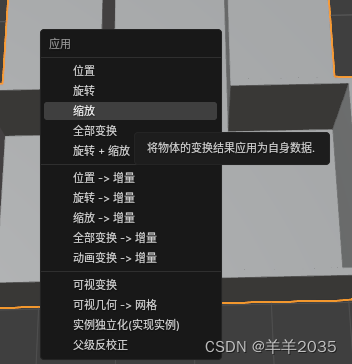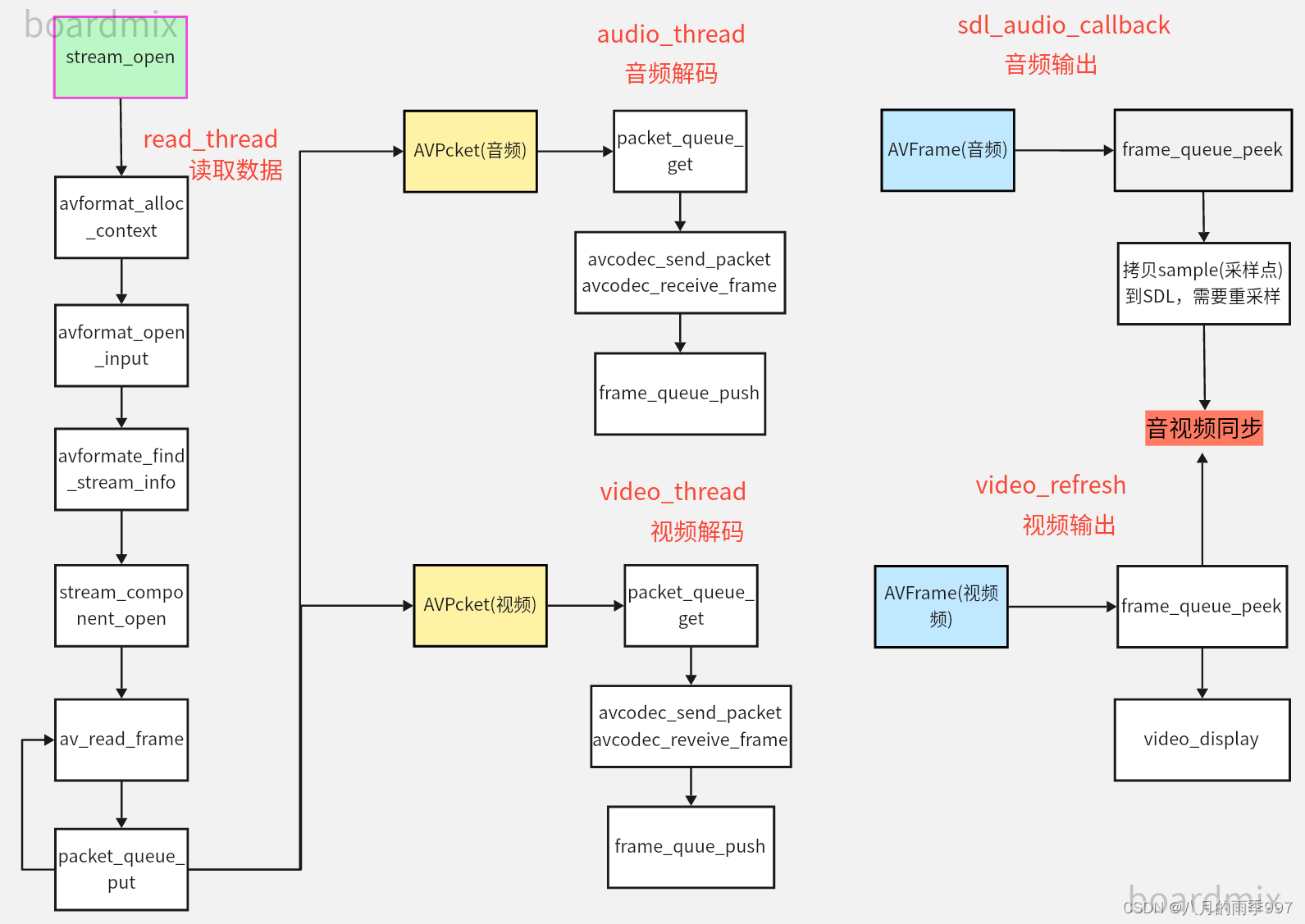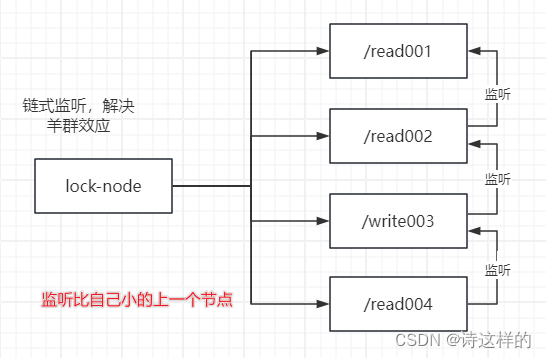简单工厂模式(Simple Factory):又叫静态工厂方法,由一个工厂对象决定创建某一种产品对象类的实例。主要用来创建同一类对象。
场景一
假设我们需要计算圆形和矩形的面积
function Circle(radius) {
this.radius = radius;
}
Circle.prototype.getArea = function() {
return Math.PI * this.radius * this.radius;
};
// 定义矩形构造函数
function Rectangle(width, height) {
this.width = width;
this.height = height;
}
Rectangle.prototype.getArea = function() {
return this.width * this.height;
};
// 定义简单工厂函数
function ShapeFactory(shapeType, params) {
var shape;
if (shapeType === 'circle') {
shape = new Circle(params.radius);
} else if (shapeType === 'rectangle') {
shape = new Rectangle(params.width, params.height);
} else {
throw new Error('请重新选择');
}
return shape;
}
// 使用简单工厂函数创建形状对象
var circle = ShapeFactory('circle', { radius: 5 });
var rectangle = ShapeFactory('rectangle', { width: 4, height: 10 });
// 计算并打印形状的面积
console.log('Circle area:', circle.getArea()); // 输出: Circle area: 78.53981633974483
console.log('Rectangle area:', rectangle.getArea()); // 输出: Rectangle area: 40两个构造函数Circle和Rectangle,它们分别表示圆形和矩形,并且都拥有一个getArea方法来计算面积。ShapeFactory是简单工厂函数,它接收一个形状类型shapeType和一个包含形状参数的params对象。根据shapeType的不同,工厂函数会创建并返回相应类型的形状对象。最后用ShapeFactory函数来创建圆形和矩形对象,并调用它们的getArea方法来计算面积。
场景二
创建不同类型的动物对象狗、猫。
// 定义动物基类
class Animal {
constructor(name) {
this.name = name;
}
speak() {
console.log(`${this.name} 叫`);
}
}
// 定义狗类
class Dog extends Animal {
speak() {
console.log(`${this.name} 狗`);
}
}
// 定义猫类
class Cat extends Animal {
speak() {
console.log(`${this.name} 猫`);
}
}
// 定义简单工厂类
class AnimalFactory {
static createAnimal(type, name) {
let animal;
switch (type) {
case 'dog':
animal = new Dog(name);
break;
case 'cat':
animal = new Cat(name);
break;
default:
throw new Error('Invalid animal type');
}
return animal;
}
}
// 使用简单工厂创建动物对象
let dog = AnimalFactory.createAnimal('dog', '旺财');
let cat = AnimalFactory.createAnimal('cat', '小花');
// 让动物发声
dog.speak(); // 输出: 旺财 狗
cat.speak(); // 输出: 小花 猫定义了一个Animal基类,以及两个继承自Animal的子类Dog和Cat。然后,我们创建了一个AnimalFactory简单工厂类,它有一个静态方法createAnimal,根据传入的类型参数type来创建并返回相应的动物对象。最后使用AnimalFactory来创建狗和猫的对象,并调用它们的speak方法。
场景三
创建不同类型的汽车对象
// 定义汽车构造函数
function Car(model, year, color) {
this.model = model;
this.year = year;
this.color = color;
}
// 定义简单工厂函数
function CarFactory() {}
// 工厂函数的原型上添加创建汽车的方法
CarFactory.prototype.createCar = function (type) {
switch (type) {
case 'SUV':
return new Car('SUV', 2022, 'black');
case 'Sedan':
return new Car('Sedan', 2021, 'white');
case 'Hatchback':
return new Car('Hatchback', 2020, 'blue');
default:
throw new Error('Invalid car type.');
}
};
// 使用简单工厂创建汽车对象
var factory = new CarFactory();
var suv = factory.createCar('SUV');
var sedan = factory.createCar('Sedan');
var hatchback = factory.createCar('Hatchback');
console.log(suv);
console.log(sedan);
console.log(hatchback);最终输入

Car 构造函数用于创建汽车对象,而 CarFactory 则是一个简单工厂,用于根据指定的类型创建不同的汽车对象。
场景四
比如说体育商品店卖体育器材,里面有很多体育用品,及其相关介绍等。当你来到体育用品店买一个篮球和足球等,你只需要问售货员,他会帮你找到你所要的东西。
//蓝球
let basketball=function(){
this.intor="蓝球运动"
}
basketball.prototype={
getMember:function () {
console.log("需要的队员")
},
getBallsize:function () {
console.log("蓝球很大")
}
}
//足球
let football=function () {
this.intro="足球"
}
football.prototype={
getMember:function () {
console.log("需要11名队员")
},
getBallsize:function () {
console.log("足球很大")
}
}
//网球
let tennis=function () {
this.intro="每年有很多网球比赛"
}
tennis.prototype={
getMember:function () {
console.log("网球比赛很精彩")
},
getBallsize:function () {
console.log("网球很好玩")
}
}
//运动工大
let sportsFactory=function (name) {
switch (name) {
case 'NAB':
return new Basketball();
case 'wordcup':
return new football();
case 'frenchopen':
return new tennis()
}
}
//进行使用 创建一个足球
let footnall = sportsFactory('wordcup')
console.log(footnall.intro)
footnall.getMember()//需要11名队员场景五
如果想创建一些书,那么这些书都有一些相似的地方,比如目录、页码等。也有一些不相似的地方,如书名、出版时间、书的类型等,对于创建的对象相似的属性好处理,对于不同的属性就要有针对性地进行处理了,比如我们将不同的属性作为参数传递进行处理。
function createBook(name,time,type) {
//创建一个对象,并对对象拓展属性和方法
let o = new Object()
o.name=name
o.time=time
o.type=type
o.getName=function () {
console.log(this.name,this.time,this.type)
}
//将对象返回
return o
}
let book1=createBook('语文',2024,'海')
let book2=createBook('国学',2024,'论语')
book1.getName()//语文 2024 海
book2.getName()//国学 2024 论语总结:通过对简单工厂模式来创建一些对象,可以让这些对象共用一些资源而又私有一些资源。不过对于简单工厂模式,它的使用场合通常也就限制在创建单一对象。





